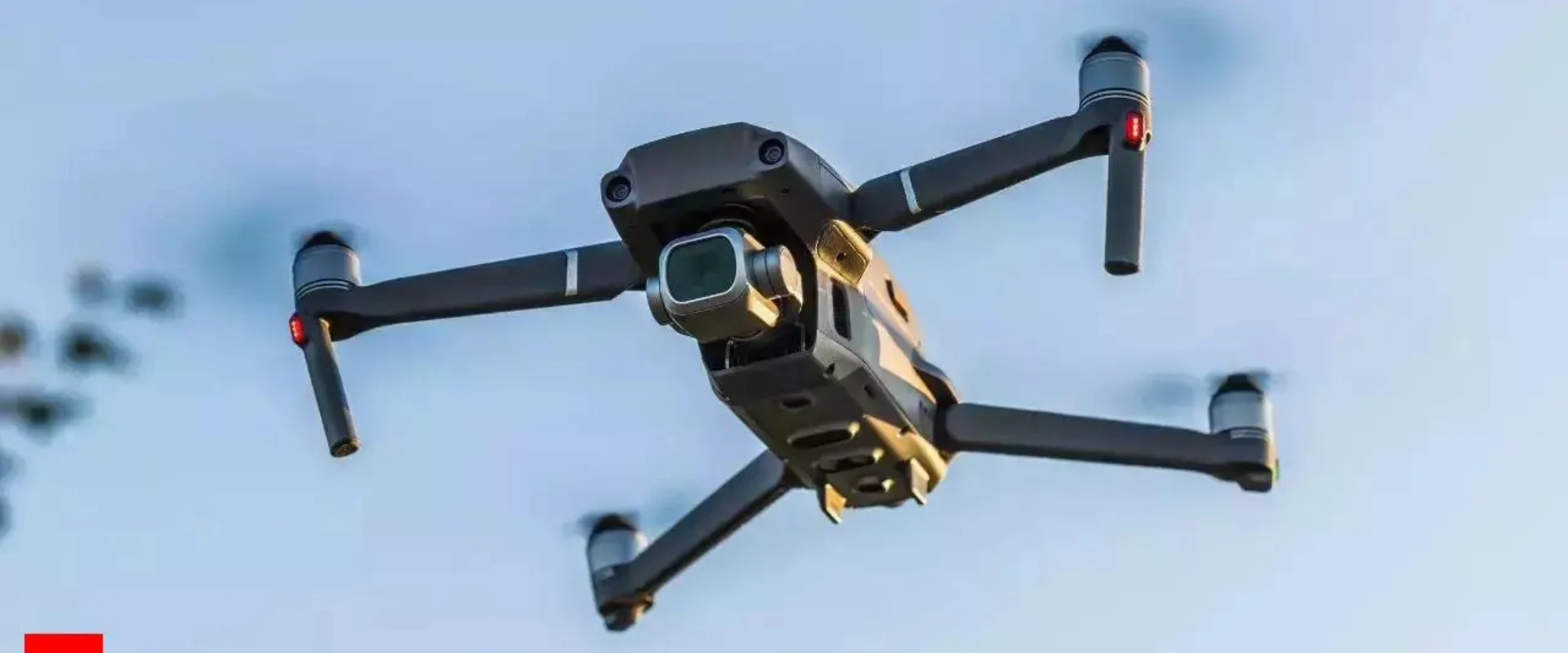Tips How to Maintain and Care for Your Drone:
Drones have become an essential tool for aerial photography, videography, and even recreational flying. However, just like any other piece of technology, drones require regular maintenance and care to ensure they operate efficiently and last longer. In this guide, we’ll cover some of the best practices to help you maintain and care for your drone, ensuring you get the most out of your investment.
1. Regular Inspection
Before every flight, it’s crucial to perform a thorough inspection of your drone. Check for any visible damage, such as cracks or loose parts, particularly in the propellers and landing gear. Inspect the battery for any signs of swelling or damage, as this could be a potential safety hazard. Ensuring that everything is in proper working order before takeoff can prevent accidents and extend the life of your drone.
2. Keep Your Drone Clean
Dust, dirt, and debris can accumulate on your drone, especially after flights in challenging environments. Regularly clean the propellers, camera lens, and body of the drone with a soft, dry cloth. Avoid using water or harsh chemicals that could damage sensitive components. If your drone has flown through muddy or wet conditions, allow it to dry completely before cleaning and always ensure the sensors are free of dirt and obstructions.
3. Battery Care
The battery is one of the most critical components of your drone, and proper care can significantly extend its lifespan. Always use the charger provided by the manufacturer and avoid overcharging the battery. Store batteries in a cool, dry place and avoid exposing them to extreme temperatures, which can degrade their performance. If you’re not using your drone for an extended period, store the battery at about 50% charge to prevent damage.
4. Update Firmware Regularly
Manufacturers frequently release firmware updates to improve drone performance, add new features, and fix bugs. Regularly check for updates and ensure your drone’s firmware is up to date. This not only enhances performance but also ensures that your drone is operating with the latest safety protocols.
5. Proper Storage
When your drone is not in use, proper storage is essential. Store your drone in a cool, dry place, ideally in a protective case to prevent dust accumulation and physical damage. Avoid storing your drone in direct sunlight or humid environments, as this can damage the electronic components and affect the drone’s longevity.
6. Check and Replace Propellers
Propellers are the most vulnerable parts of your drone and are subject to wear and tear. Regularly check the propellers for any signs of cracks or damage. Even minor damage can lead to reduced flight performance and increased risk of accidents. It’s advisable to replace propellers periodically, especially if you notice any imbalance or unusual vibrations during flight.
7. Avoid Extreme Conditions
Flying in extreme weather conditions, such as high winds, rain, or snow, can be hazardous to your drone. These conditions can strain the motors, reduce battery life, and potentially cause irreparable damage to your drone. Always check the weather forecast before planning a flight and avoid flying in conditions that could jeopardize the safety of your drone.
8. Calibrate Your Drone
Calibration is essential for maintaining the accuracy of your drone’s sensors, including the GPS, compass, and gyroscope. Regularly calibrate your drone according to the manufacturer’s instructions, especially after firmware updates or significant location changes. Proper calibration ensures stable flight performance and reduces the risk of accidents caused by sensor errors.
9. Practice Safe Flying
Adhering to safe flying practices is a crucial aspect of drone maintenance. Avoid flying too close to obstacles, people, or animals. Always maintain a visual line of sight with your drone and follow local regulations regarding drone flight. By flying responsibly, you not only protect your drone but also contribute to safer airspace for everyone.
10. Regular Maintenance Checks
In addition to pre-flight inspections, schedule regular maintenance checks for your drone. This may include professional servicing, where experts can thoroughly inspect and maintain your drone’s internal components. Regular maintenance helps detect potential issues early and keeps your drone in peak condition.
Conclusion
Maintaining and caring for your drone is essential for ensuring its longevity and optimal performance. By following these best practices, you can enjoy safer flights, better performance, and a longer lifespan for your drone. Remember, a well-maintained drone is a reliable drone, and with the proper care, your drone will continue to deliver stunning aerial views for years to come.

